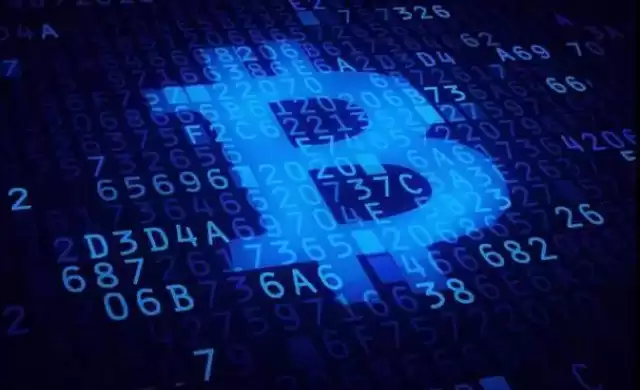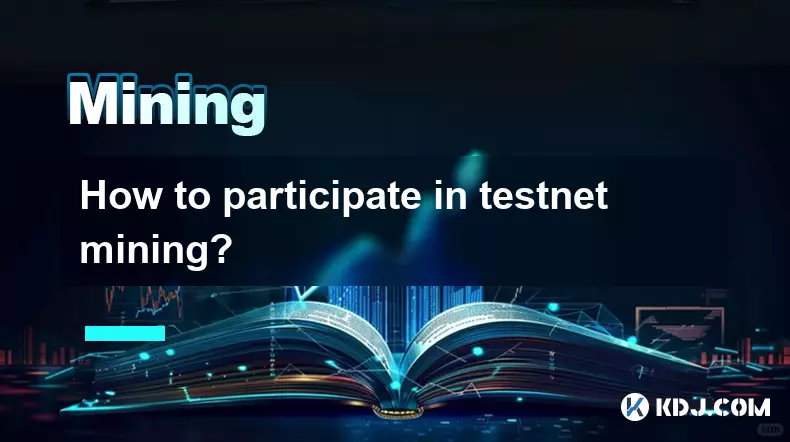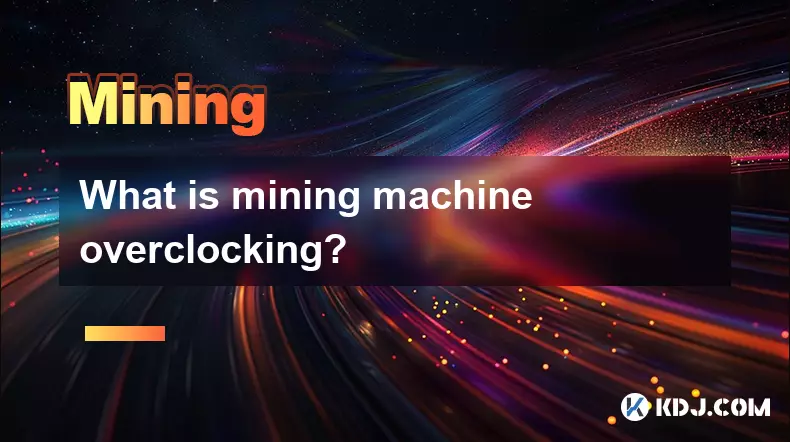-
 bitcoin
bitcoin $112195.049338 USD
2.42% -
 ethereum
ethereum $4124.915858 USD
2.81% -
 tether
tether $1.000570 USD
0.02% -
 xrp
xrp $2.861568 USD
2.25% -
 bnb
bnb $1000.346670 USD
3.04% -
 solana
solana $209.070819 USD
3.38% -
 usd-coin
usd-coin $0.999870 USD
0.02% -
 dogecoin
dogecoin $0.235379 USD
2.65% -
 tron
tron $0.335681 USD
-0.20% -
 cardano
cardano $0.803501 USD
3.38% -
 hyperliquid
hyperliquid $47.120881 USD
3.56% -
 chainlink
chainlink $21.501300 USD
3.44% -
 ethena-usde
ethena-usde $1.000571 USD
0.02% -
 avalanche
avalanche $29.793378 USD
3.62% -
 stellar
stellar $0.366964 USD
2.42%
mining bitcoin with raspberry pi
To begin Bitcoin mining with Raspberry Pi, gather necessary hardware including a Raspberry Pi, MicroSD card, power supply, storage device, and network connectivity.
Oct 22, 2024 at 09:47 pm

Mining Bitcoin with Raspberry Pi: A Comprehensive Guide
1. Understanding Raspberry Pi
Raspberry Pi is a single-board computer that offers a low-cost and portable platform for various projects, including Bitcoin mining. Despite its compact size, the Raspberry Pi provides sufficient processing power for basic mining operations.
2. Necessary Hardware
To begin mining Bitcoin with Raspberry Pi, you will need the following hardware:
- Raspberry Pi 4 or later
- MicroSD card (16GB or higher)
- Power supply and cables
- USB flash drive or external hard drive for storage
- Ethernet cable or Wi-Fi adapter
3. Setting Up the Raspberry Pi
- Insert the MicroSD card into the Raspberry Pi and connect the power supply.
- Download the latest version of the Raspberry Pi OS (formerly known as Raspbian) from the official website.
- Flash the OS onto the MicroSD card using an SD card reader and a flashing utility.
- Boot up the Raspberry Pi, configure the network settings, and create a user account.
4. Installing Mining Software
Several mining software options are available for Raspberry Pi, including:
- EasyMiner: A simple and beginner-friendly mining software.
- BFGMiner: A popular and feature-rich mining software.
- CGMiner: Another widely used mining software with support for various hardware.
5. Configuring the Mining Software
After installing the mining software, you will need to configure it with your Bitcoin wallet address and other relevant settings.
- Open the configuration file for the mining software (usually located in /etc/minerd.conf).
- Enter your Bitcoin wallet address under the "wallet" or "address" field.
- Set the mining pool URL and port for the pool you want to join.
- Save and close the configuration file.
6. Starting the Mining Process
- Run the mining software with the correct arguments to start the mining process.
- The Raspberry Pi will begin solving complex mathematical problems to validate Bitcoin transactions.
- If successful, the Raspberry Pi will be rewarded with Bitcoin, which will be sent to your wallet address.
7. Monitoring the Mining Process
You can use the following commands to monitor the mining process:
- top: Displays system resource usage, including CPU and memory consumption.
- watch htop: Provides a real-time graphical view of system resources.
- minergetstats: Shows statistics about the mining software's performance.
Considerations
- Power Consumption: Mining Bitcoin with Raspberry Pi consumes significant electricity. Consider using a low-power Raspberry Pi model and an efficient power supply to minimize costs.
- Heat Generation: Mining can generate heat, so it is important to ensure proper ventilation for the Raspberry Pi.
- Profitability: The profitability of mining Bitcoin with Raspberry Pi is low compared to dedicated mining hardware. Consider your electricity costs and mining difficulty to determine if mining is viable for you.
Disclaimer:info@kdj.com
The information provided is not trading advice. kdj.com does not assume any responsibility for any investments made based on the information provided in this article. Cryptocurrencies are highly volatile and it is highly recommended that you invest with caution after thorough research!
If you believe that the content used on this website infringes your copyright, please contact us immediately (info@kdj.com) and we will delete it promptly.
- Solana: Institutions' Growing Confidence Signals a Bullish Future
- 2025-09-29 17:05:16
- PumpFun (PUMP) Price in October: Will the Memecoin Momentum Continue?
- 2025-09-29 16:25:14
- Cloud Mining, High-Yield Contracts, and Market Volatility: A New Yorker's Take
- 2025-09-29 17:05:16
- Royal Mint Error Coins: What's the Sell Price?
- 2025-09-29 16:25:14
- BABY Token Inflation and Co-Staking: A New Era for Babylon
- 2025-09-29 17:10:01
- Dogecoin, ETFs, and Memecoins: Navigating the Hype in the Wild World of Crypto
- 2025-09-29 17:10:01
Related knowledge

The difference between staking and mining
Sep 24,2025 at 05:18am
Understanding Staking in the Cryptocurrency Ecosystem1. Staking involves holding funds in a cryptocurrency wallet to support the operations of a block...

How to participate in testnet mining?
Sep 22,2025 at 09:18am
Understanding Testnet Mining in the Crypto Ecosystem1. Testnet mining is a method used by blockchain developers to simulate real-world conditions on a...

How to dispose of abandoned mining machines?
Sep 19,2025 at 08:19pm
Assessing the Condition of Abandoned Mining Rigs1. Begin by inspecting each mining machine for visible damage, corrosion, or missing components. Machi...

How to identify high-quality mining pools?
Sep 21,2025 at 03:19pm
Reputation and Track Record1. A mining pool’s reputation is built over time through consistent performance and transparency. Pools that have operated ...

Advantages of decentralized mining pools
Sep 20,2025 at 04:36pm
Enhanced Security and Resistance to Censorship1. Decentralized mining pools operate on blockchain-based smart contracts, eliminating the need for a ce...

What is mining machine overclocking?
Sep 21,2025 at 07:19pm
Understanding Mining Machine Overclocking1. Mining machine overclocking refers to the process of increasing the operating frequency of a cryptocurrenc...

The difference between staking and mining
Sep 24,2025 at 05:18am
Understanding Staking in the Cryptocurrency Ecosystem1. Staking involves holding funds in a cryptocurrency wallet to support the operations of a block...

How to participate in testnet mining?
Sep 22,2025 at 09:18am
Understanding Testnet Mining in the Crypto Ecosystem1. Testnet mining is a method used by blockchain developers to simulate real-world conditions on a...

How to dispose of abandoned mining machines?
Sep 19,2025 at 08:19pm
Assessing the Condition of Abandoned Mining Rigs1. Begin by inspecting each mining machine for visible damage, corrosion, or missing components. Machi...

How to identify high-quality mining pools?
Sep 21,2025 at 03:19pm
Reputation and Track Record1. A mining pool’s reputation is built over time through consistent performance and transparency. Pools that have operated ...

Advantages of decentralized mining pools
Sep 20,2025 at 04:36pm
Enhanced Security and Resistance to Censorship1. Decentralized mining pools operate on blockchain-based smart contracts, eliminating the need for a ce...

What is mining machine overclocking?
Sep 21,2025 at 07:19pm
Understanding Mining Machine Overclocking1. Mining machine overclocking refers to the process of increasing the operating frequency of a cryptocurrenc...
See all articles










































































